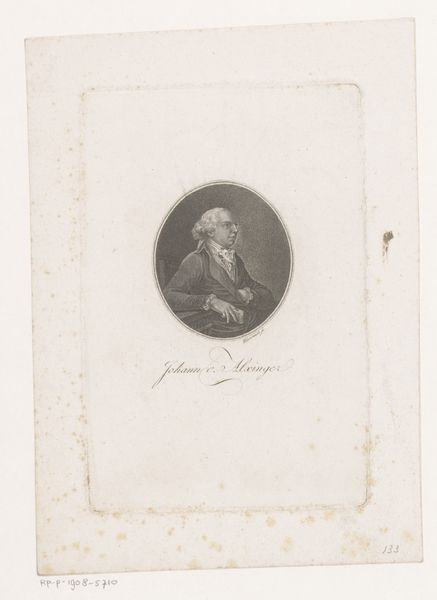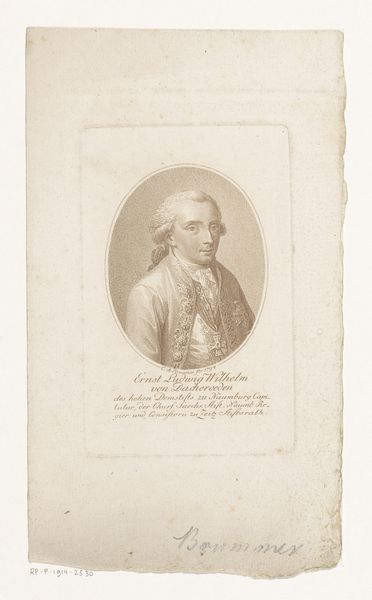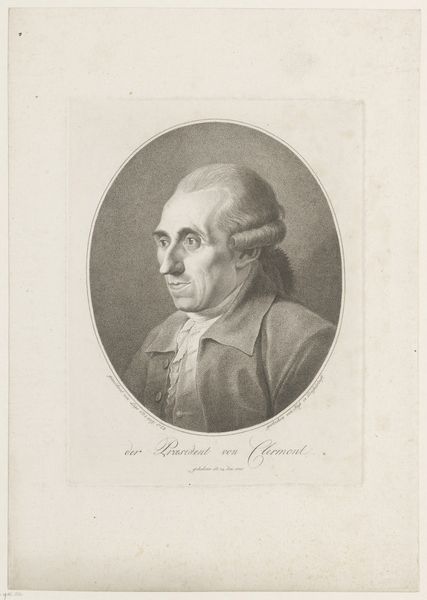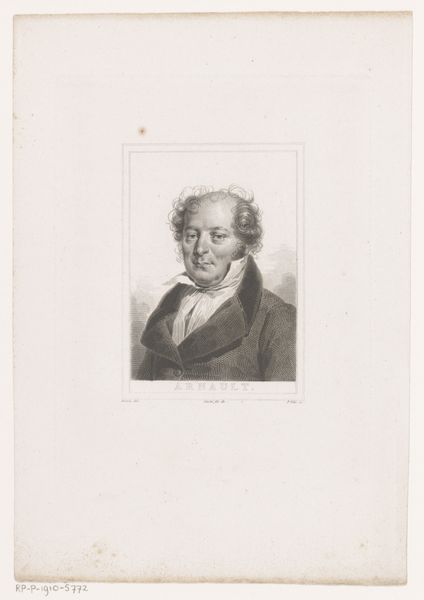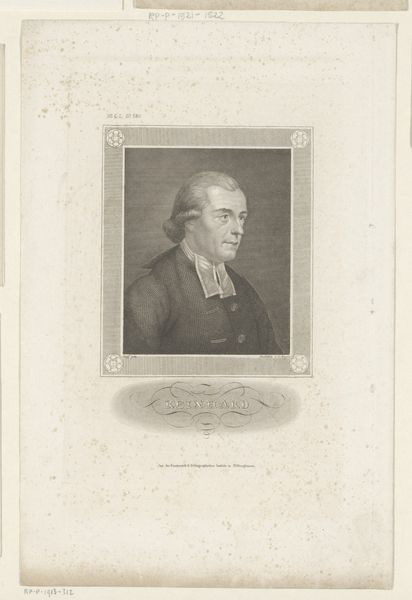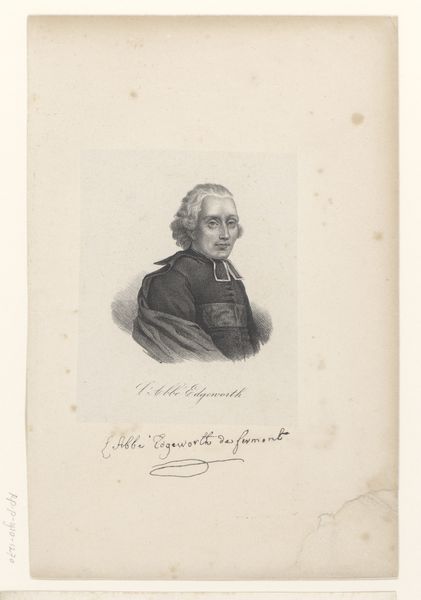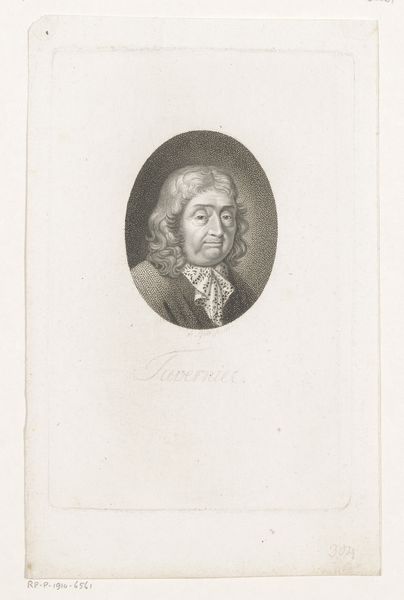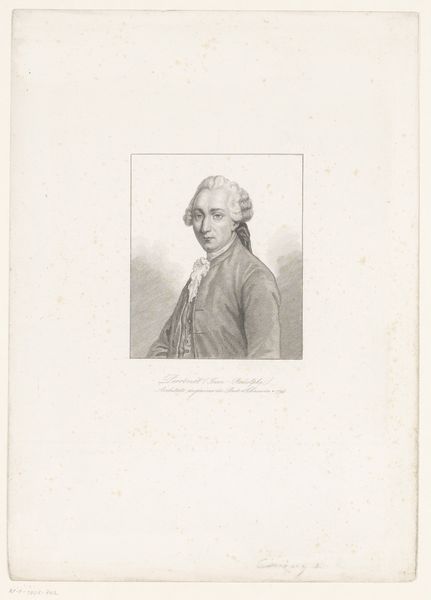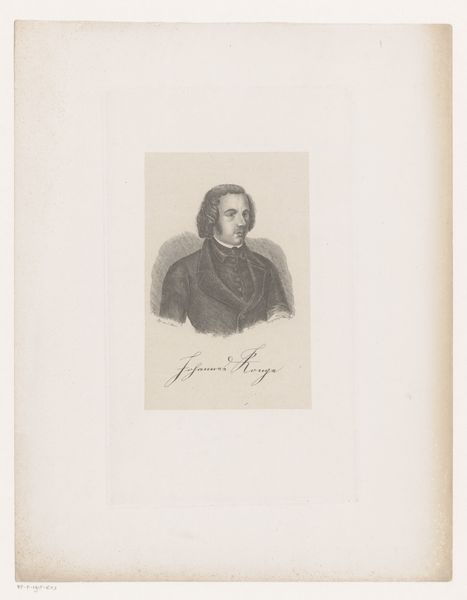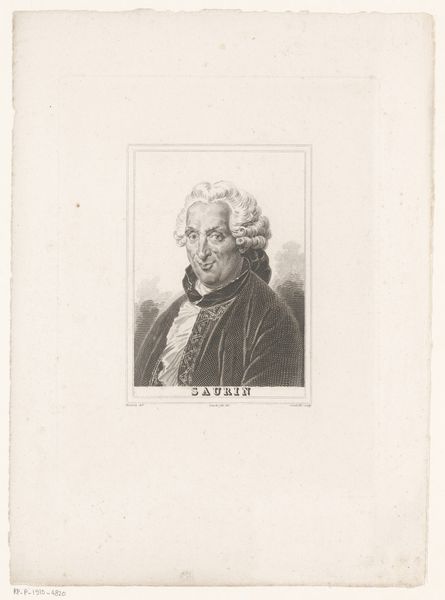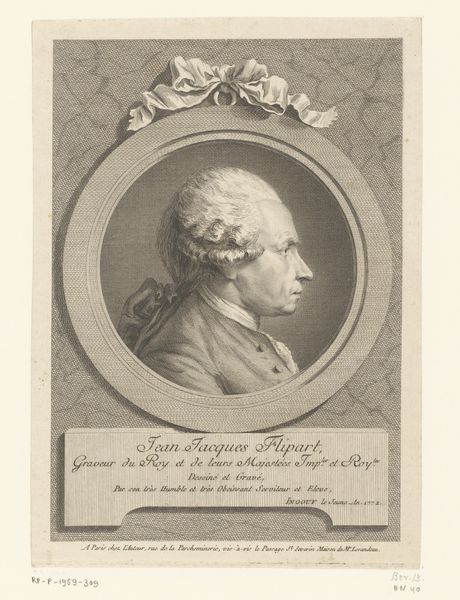
drawing, print, engraving
#
portrait
#
drawing
#
neoclacissism
# print
#
portrait drawing
#
engraving
Dimensions: Sheet: 11 3/4 × 9 1/8 in. (29.9 × 23.2 cm) Plate: 9 1/16 x 6 3/4 in. (23 x 17.2 cm)
Copyright: Public Domain
Editor: So, this is "Portrait of Jean-Jacques de Boissieu," made sometime between 1800 and 1840. It's an engraving. The level of detail achieved through printmaking is really impressive. How do you see this portrait functioning within its historical context? Curator: Well, considering the late 18th and early 19th centuries, the rise of a middle class was creating new demands for art. Portraits, often commissioned, played a crucial role in solidifying social status and conveying individual identity. This print allowed wider circulation than a unique painting would. Who was the audience for such prints, do you think? Editor: Perhaps other artists, or those interested in collecting? I see the inscription "Graveur," emphasizing Boissieu’s profession. Curator: Exactly. It elevates the status of the artist, moving away from purely aristocratic patronage towards a recognition of individual talent and skill. The Neoclassical style also signaled a return to what were considered purer, more rational forms of expression – a contrast to the Rococo style associated with the aristocracy before the French Revolution. What's striking is how portraiture began to be associated with merit, not just birth. Did you observe how his direct gaze engages the viewer? Editor: Yes, there’s an undeniable presence. It's fascinating to consider the socio-political shifts reflected in such an image. I hadn't considered the portrait as a public declaration. Curator: These engravings offer a powerful testament to the evolving relationship between art, artist, and audience in a time of significant social upheaval. Hopefully, this gives us a lens into not just art but into that changing world.
Comments
No comments
Be the first to comment and join the conversation on the ultimate creative platform.

